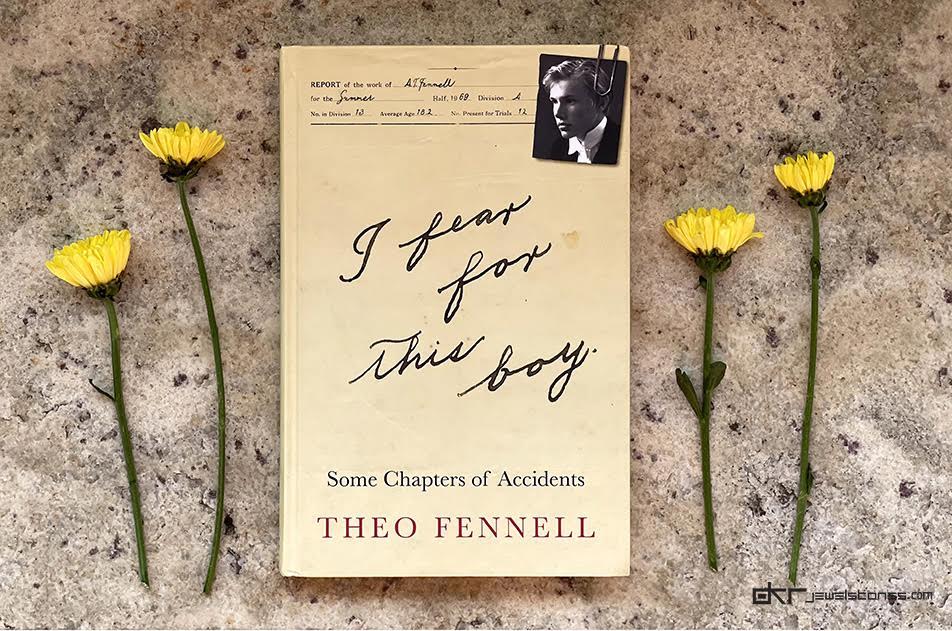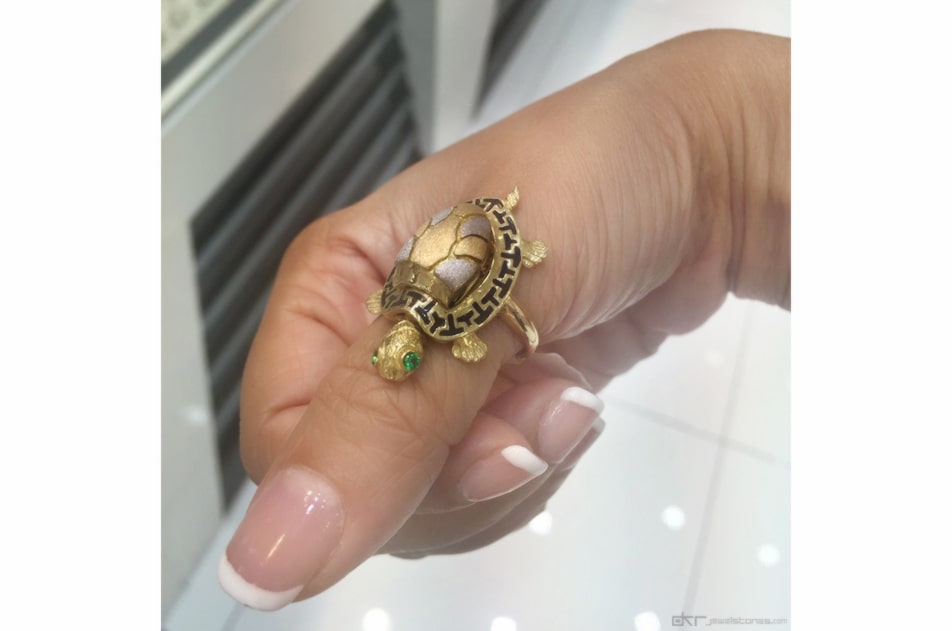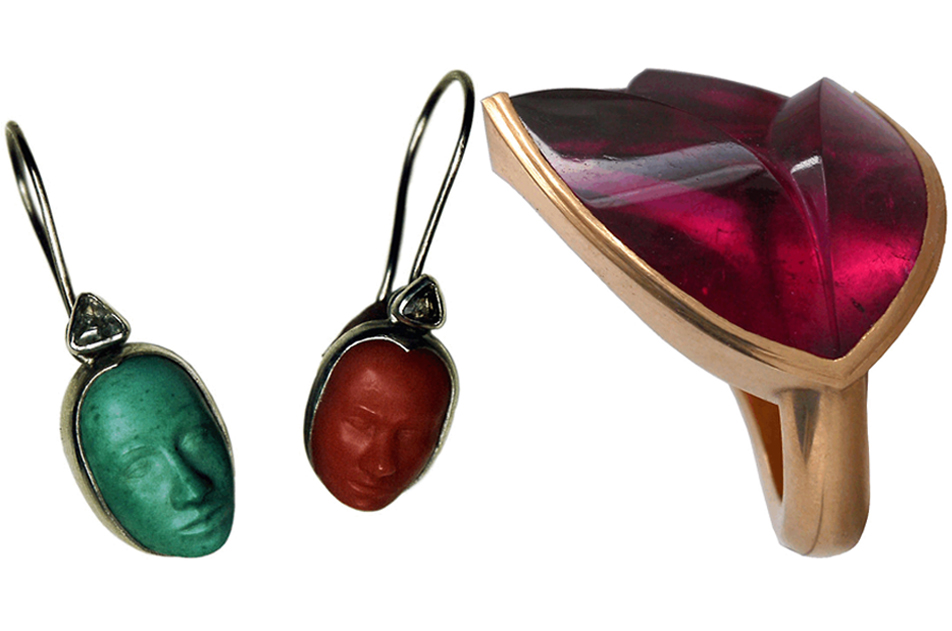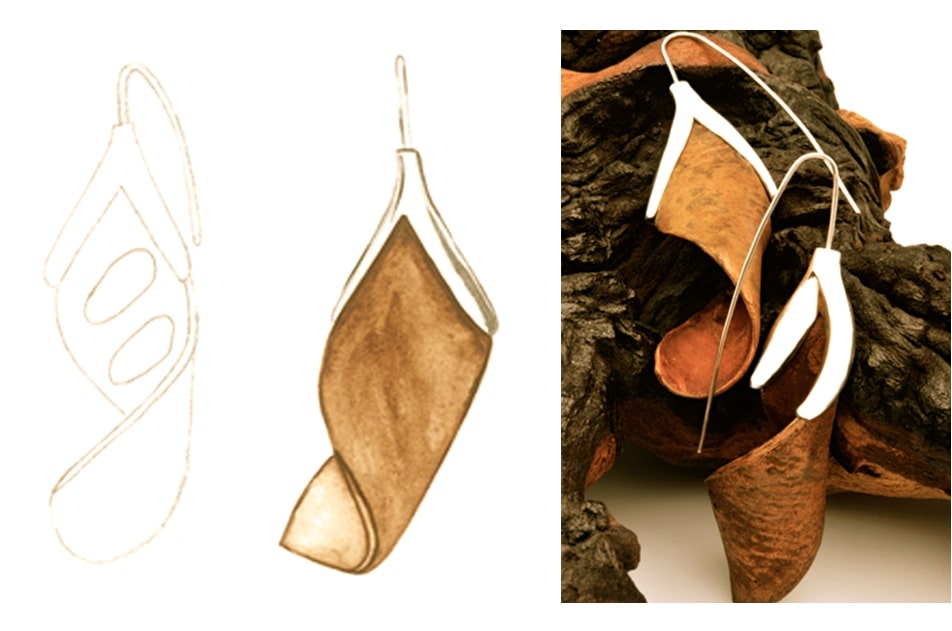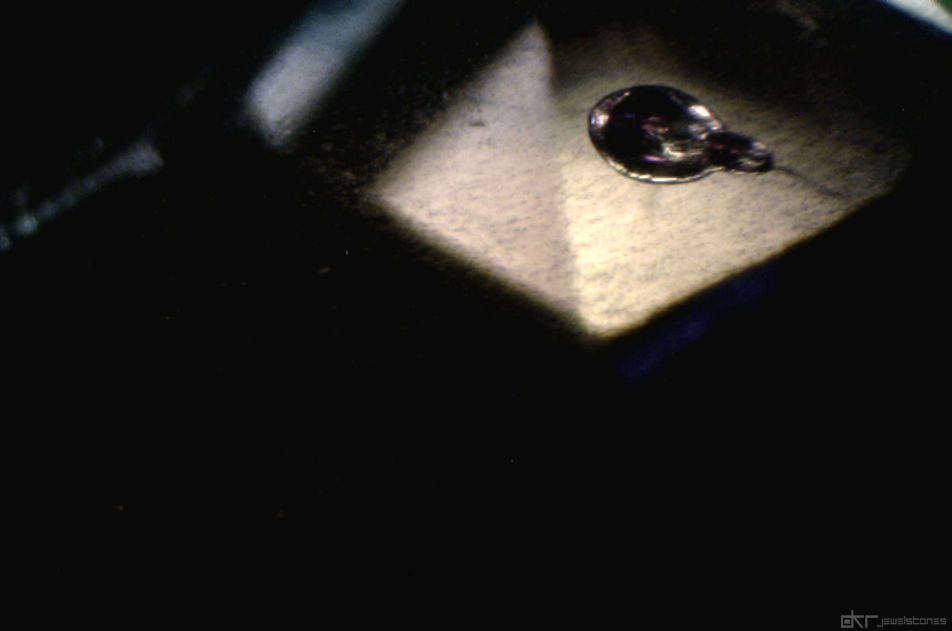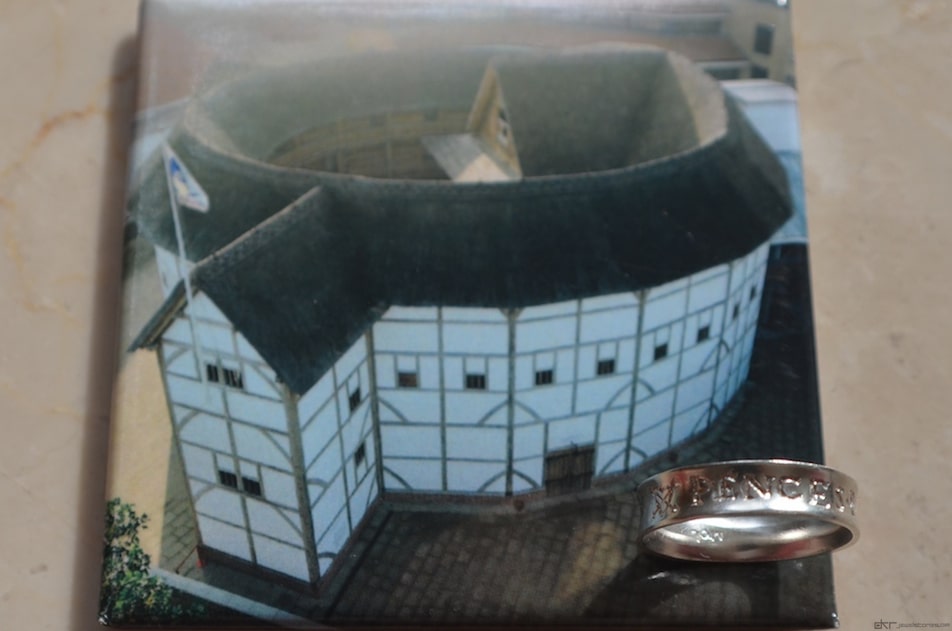Jewels of An Indian Bride

Exotic India has always been a place I planned to visit ‘sometime in the future’, and I hope to do so soon. Aside from a transit one-day visit in India during my travels from Africa to Sri Lanka, India remains a mystery. The strong aesthetic of the jewels of an Indian bride brought me to this post.
The Indian bridal wear is a feast of colour, adorned with jewels from head to toe in large, luxurious and intricate designs in gold and precious stones.
I decided to look a bit closer to the different parts of the jewellery worn during the ceremony, to understand a little bit of the meaning behind it. The following is what I found. Feel free to add to it in the comments.
The Maang Tikka is a beautifully decorated pendent that is draped on the forehead, right at the centre and is held by a hook fastened to the hair. It’s said to rest on the ajna chakra, which is means to know or perceive, and also stands for preservation. It signifies the union of the male and female.
The nose ring or the nath represents the virginity of the bride, which the groom removes on the wedding night.
Earrings…According to legend and myth, it was believed possible for evil spirits to enter the body through its openings. Ornaments were worn to prevent it. Earrings served as a protector against evil.
Necklaces known as haar are gold with heavy, bold and intricate design. During the ceremony the groom clasps a necklace called mangalsutra, a sign of love and commitment.
The wedding ring is worn on the third finger on the left hand. The vein in that finger was believed (in ancient times) to run straight to the heart.
The bangles worn at the ceremony differ and vary according to region. In some places the bride receives bangles from her mother in law. Traditional glass bangles meant safety and luck for the married womans’ husband.
The beautiful ornamental belt is known as the kamarbandh. This belt allows a bunch of keys to be held which signifies authority in the brides new home. Most times the keys are handed over to the bride by her mother in law as a symbol of handing over the reigns to the new generation. Of all the jewels of the Indian bride, this has to be my favourite:) The belt comes in many designs.
The anklet known as the payal is a bracelet like ornament with beads of the metal dangling, knocking against each other around her ankle, creating a tingling sound as she walked. The sound was meant to ‘announce the arrival of the new bride in her husbands house’. Gold anklets are forbidden in India as gold is a symbol of Lakshmi, the Goddess of wealth and never worn on ones feet.
Decorative toe rings (bichiyas) worn in pairs and in silver are another symbol of marriage.
There we are… the jewels of an Indian bride… Head to toe, bejeweled!
Whenever I wear a sari, I feel like a princess, wrapped in pleats and drapes of silk, lace, or net in a luxurious way. Imagine an Indian bride draped in a sari and covered in jewels…
If you’re interested in reading more on Indian jewellery, I’d like to recommend this article, click here to read.
Enjoy x
*two of the images above are from Pinterest and the image of Bollywood actress Aishwarya Rai as a bride is from Design Emporia.
6

